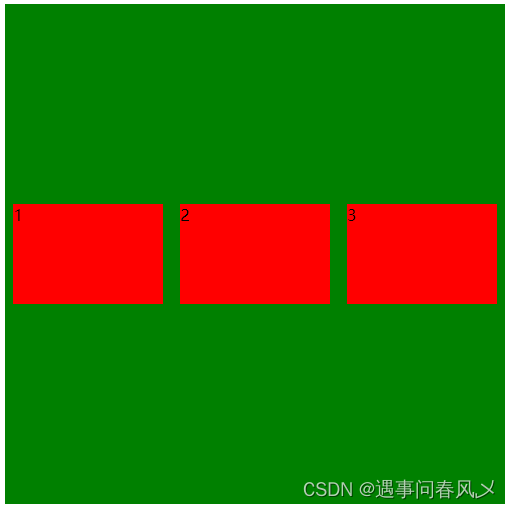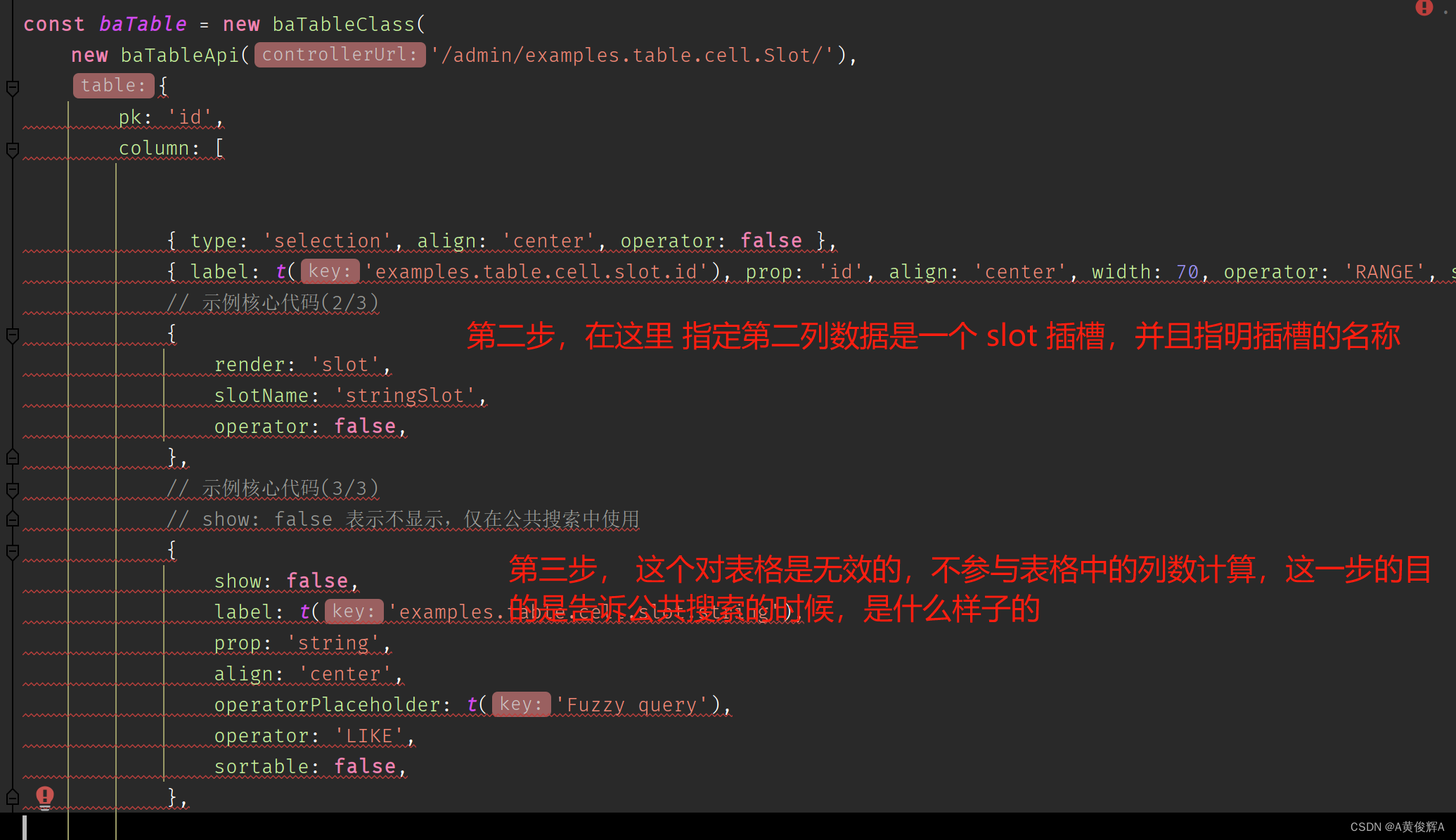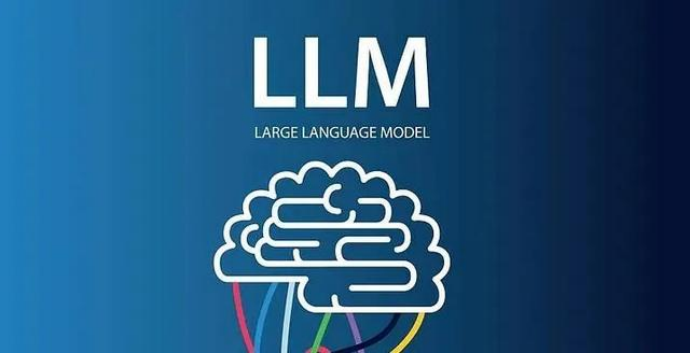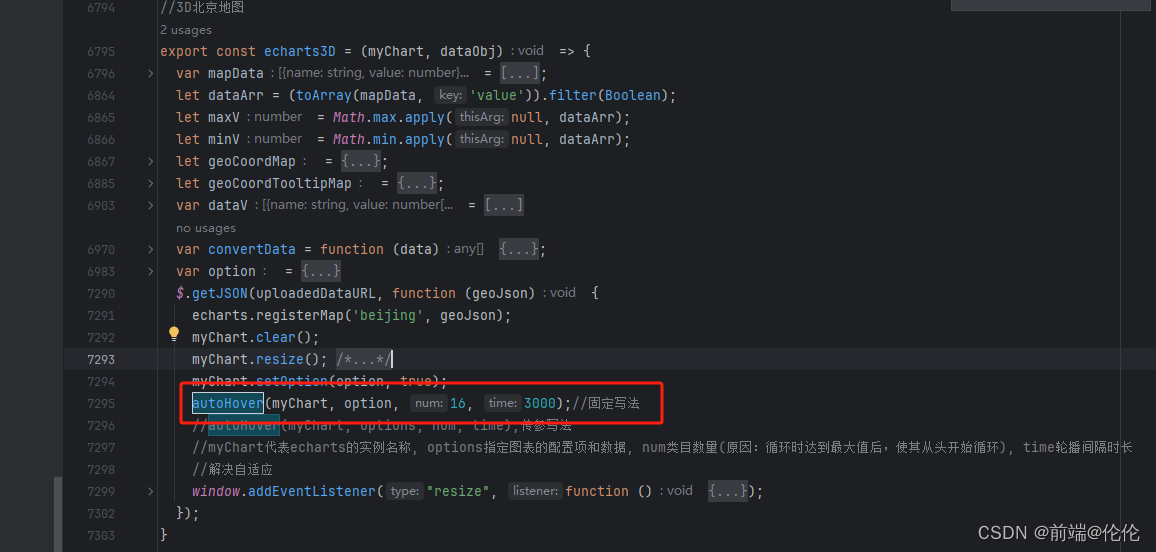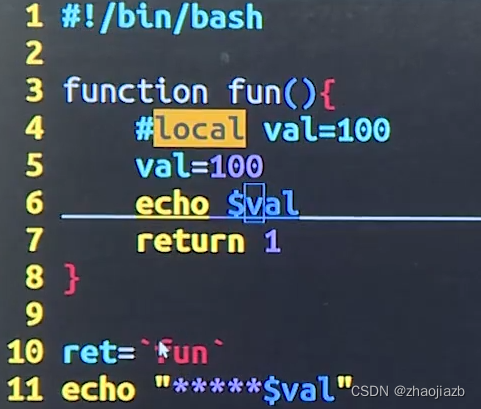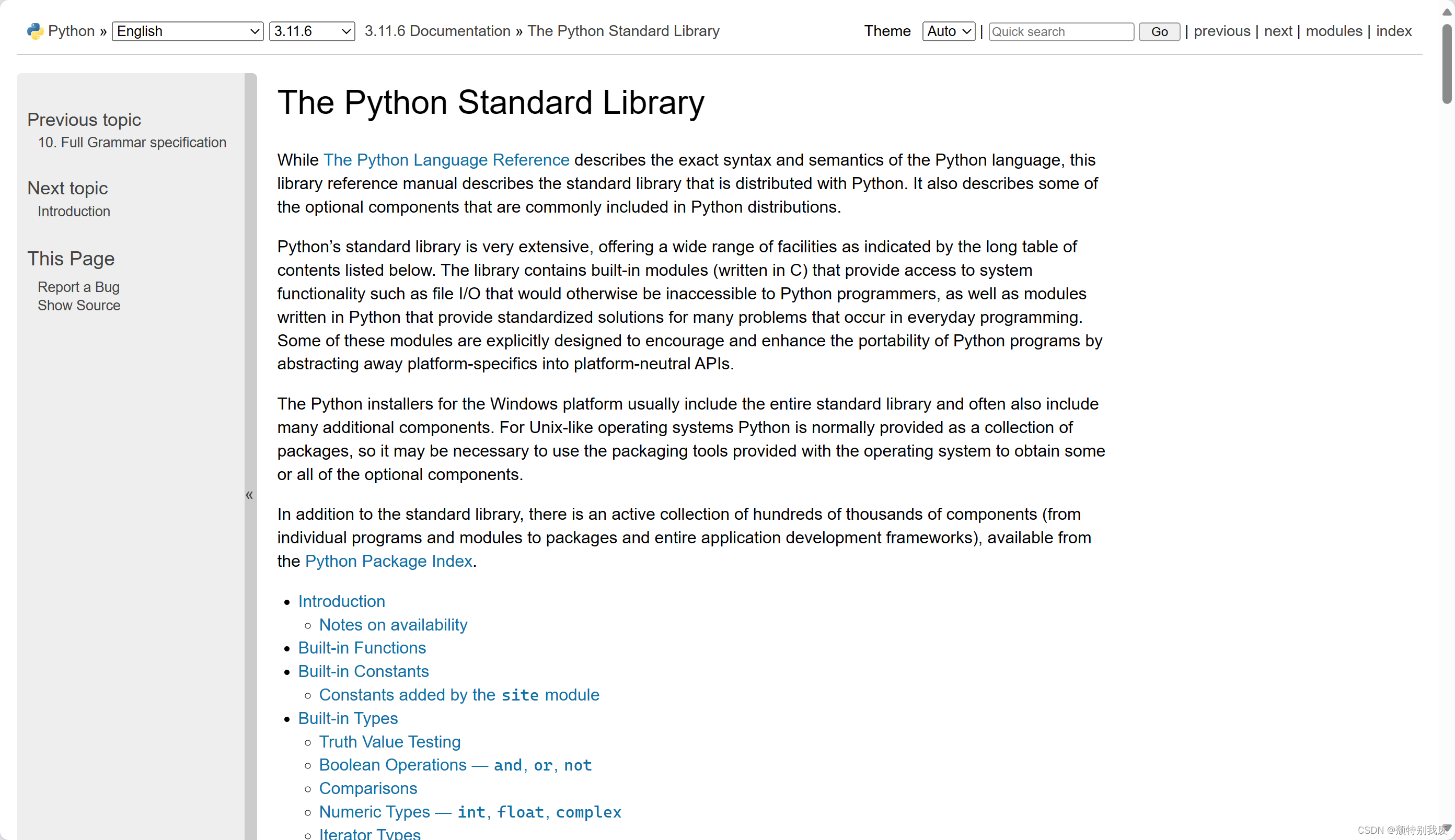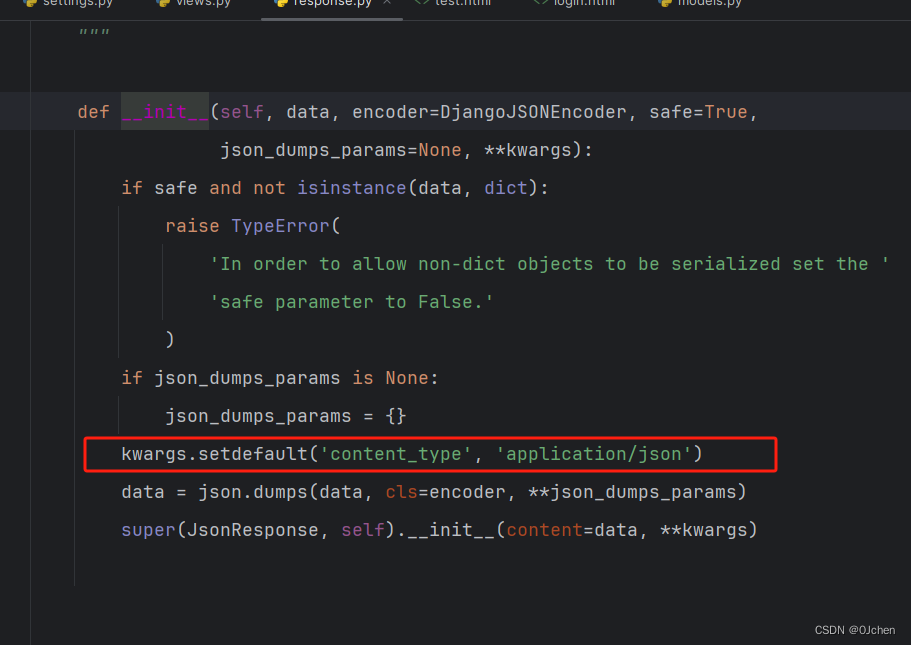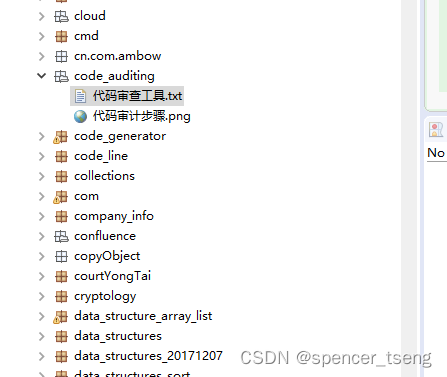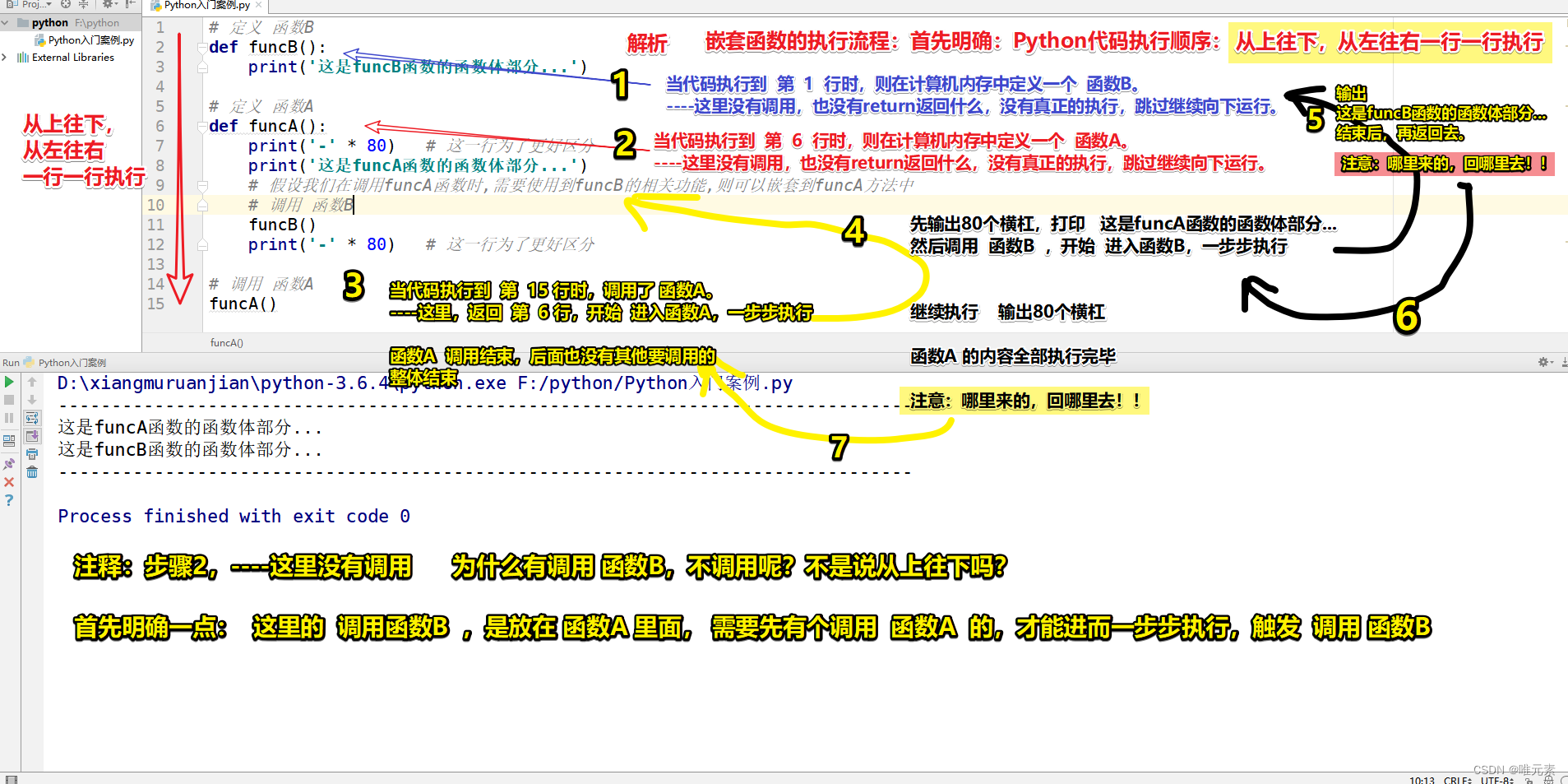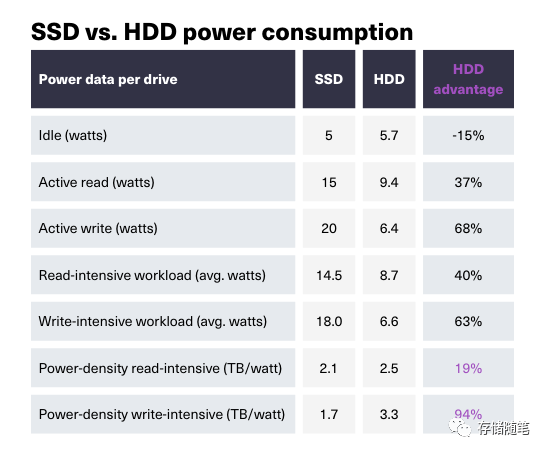动机(Motivation)
在软件构建过程中,一个请求可能被多个对象处理,但是每个请求在运行时只能有个接受者,如果显示指定,将必不可少地带来请求者与接受者的紧耦合。
如何使请求的发送者不需要指定具体的接受者?让请求的接受者自己在运行是决定来处理请求,从而两者解耦。
模式定义:
使多个对象都有机会处理请求,从而避免请求的发送者和接受者之间的耦合关系。将这些对象连成一条链,并沿着这条链传递请求,直到有一个请求处理他为止。
#include <iostream>
#include <string>
using namespace std;
enum class RequestType {
REQ_HANDLER1,
REQ_HANDLER2,
REQ_HANDLER3,
};
class Request {
string description;
RequestType reqType;
public:
Request(const string& desc, RequestType type)
: description(desc), reqType(type) {}
RequestType getReqType() const { return reqType; }
const string& getDescription() const { return description; }
};
class ChainHandler {
ChainHandler* nextChain;
void sendRequestToNextHandler(const Request& req) {
if (nullptr != nextChain) {
nextChain->handle(req);
}
}
protected:
virtual bool canHandleRequest(const Request& req) = 0;
virtual void processRequest(const Request& req) = 0;
public:
ChainHandler() { nextChain = nullptr; }
void setNextChain(ChainHandler* next) { nextChain = next; }
void handle(const Request& req) {
if (canHandleRequest(req)) {
processRequest(req);
}
else{
sendRequestToNextHandler(req);
}
}
};
class Handler1 : public ChainHandler {
protected:
virtual bool canHandleRequest(const Request& req) override {
return req.getReqType() == RequestType::REQ_HANDLER1;
}
virtual void processRequest(const Request& req) override {
cout << "Handler1 is handle request: " << req.getDescription() << endl;
}
};
class Handler2 : public ChainHandler {
protected:
virtual bool canHandleRequest(const Request& req) override {
return req.getReqType() == RequestType::REQ_HANDLER2;
}
virtual void processRequest(const Request& req) override {
cout << "Handler2 is handle request: " << req.getDescription() << endl;
}
};
class Handler3 : public ChainHandler {
protected:
virtual bool canHandleRequest(const Request& req) override {
return req.getReqType() == RequestType::REQ_HANDLER3;
}
virtual void processRequest(const Request& req) override {
cout << "Handler3 is handle request: " << req.getDescription() << endl;
}
};
int main() {
Handler1 h1;
Handler1 h2;
Handler1 h3;
h1.setNextChain(&h2);
h2.setNextChain(&h3);
Request req("process task ...", RequestType::REQ_HANDLER3);
h1.handle(req);
return 0;
}
要点总结:
Chain of Responsibility模式的应用场合在于“一个请求可能有多个接受者,但是最后真正的接受者只有一个“,这时候请求发送者与接受者的耦合有可能出现”变化脆弱“的症状,指责链的目的就是将两者解耦,从而更好地应对变化。
应用了Chain of Responsibility模式后,对象的职责分派将更具灵活性。我们可以在运行时动态增加/修改请求的处理职责。
如果请求传递到职责链的末尾乃得不到处理,应该有一个合理的缺省机制。这也使每一个接受对象的职责,而不是发出请求的对象的职责。
